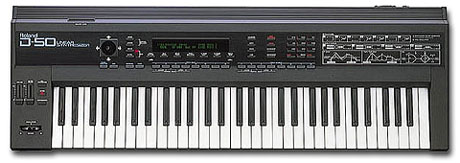
 |
This synth was used on the song I Am Energy (bass and bouncy synth sounds) |
I bought my Roland D-50 new in 1987. I was the first out of that music store with one. I may have also been first in town to get one because none of the other music stores had them in yet.
This has been my all time favourite synth to date. Once you get your brain wrapped around programming “Linear Arithmetic” Synthesis, the sky is the limit. This is also the main keyboard I use for synth sound MIDI programming. The action is really smooth, the bender and modulation has nice control and the aftertouch is very expressive.
Over the years this machine has held up really well. It’s been hammered on in the studio, been on many stages at a number of shows, packed around in the back of cars...
Read More


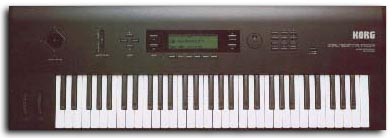
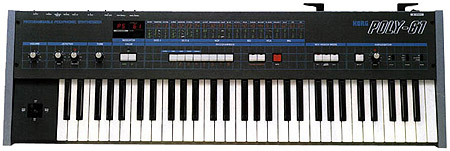

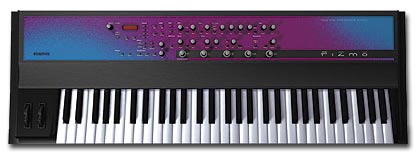
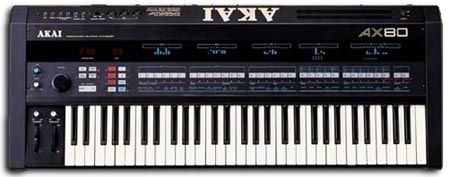
Recent Comments